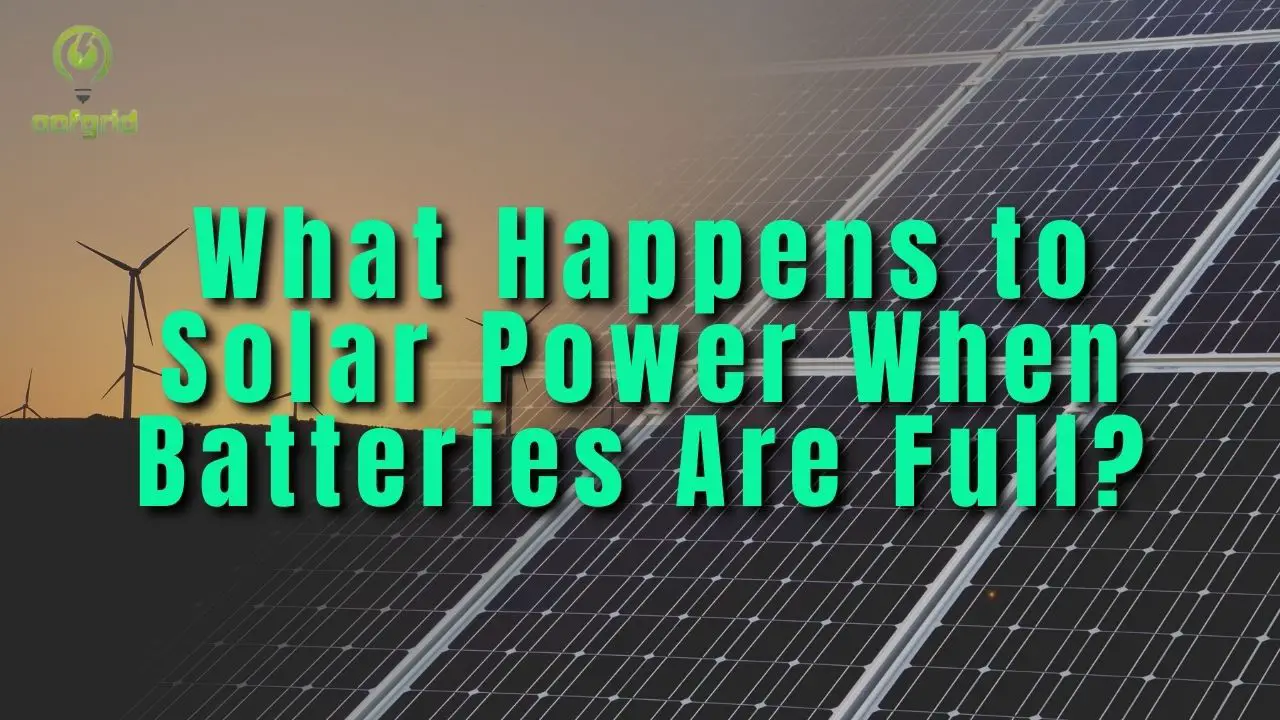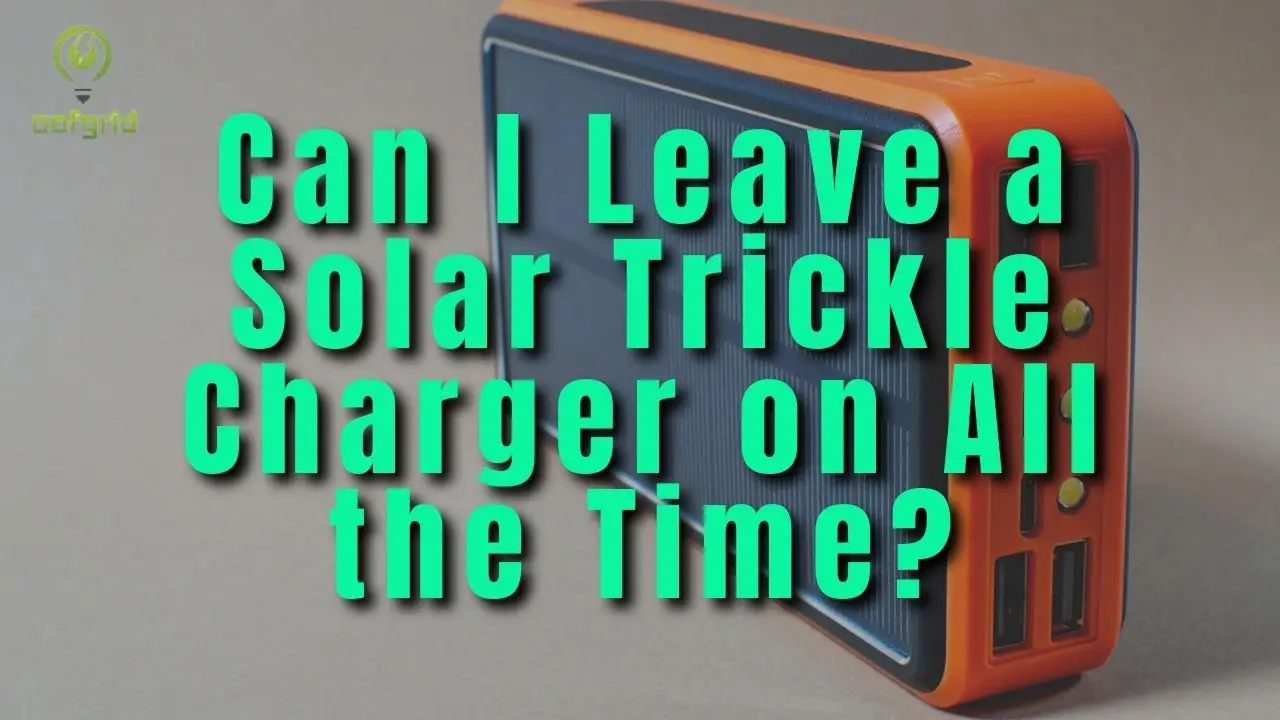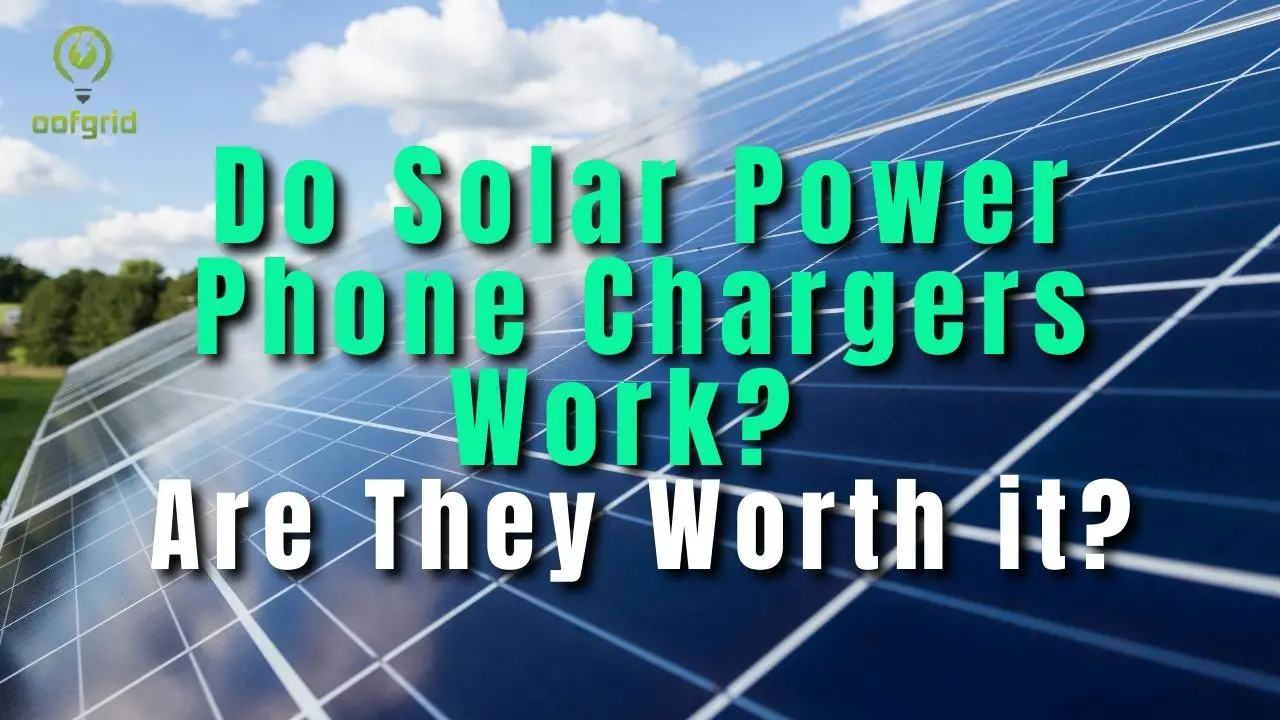The idea of using solar is so exciting, you can generate your own power wherever you are. When I started really considering the possibility of using solar a few things made me pause.
Solar panels charge in proportion to the amount of sunlight. The angle of your panel to the angle of the sun is very important, but even without direct sunlight panels can still collect energy from the sun. Solar panels are wired in sequence so even a small amount of shade can turn a panel off.
When you are considering using a solar charger for your devices or even for your home, consider your weather conditions and the season.

Contents
What is the Best Position for a Solar Charger?
Solar chargers work best with direct sunlight. They are tested in conditions of 1000 watts per square meter. So the ratings and energy-generating potential advertised with your solar power system are with full sun. It can be difficult to achieve 1000 watts per square meter even with direct sun in the winter or in the early morning or the evening.
The ideal conditions are only available infrequently. Without direct sunlight do not expect to get the advertised energy output.
To collect maximum energy from the sun, position your solar charger towards the equator. In the Northern Hemisphere, that means keeping the chargers facing south for maximum charge in 24 hours.
This is best practice if you are not moving your solar charger throughout the day. If you are using a very portable solar setup, change the angle throughout the day to catch maximum watts.
Shade can kill the output of a solar panel very quickly, so no matter what angle you are able to get to the sun, ensure no shade falls on the panel.
Why do I Need to Point my Solar Panels at the Sun?
Solar panels charge with energy from the sun. The more direct sunlight your panels get, the faster they will charge your batteries.
There is a small window of optimal charging for solar panels. The ideal angle depends on your location, the season, and your environment.
Those in the Northern Hemisphere should point their solar panels south, towards the equator, because that will give the most hours facing the sun. Those in the Southern Hemisphere should point their panels North to maximize power output.
This experiment shows the dramatic impact that the angle to the sun has on the power output of a solar panel:
If you cannot point your solar panels directly towards the sun, they will not charge at their full capacity. Getting close is still worth it for off-grid power, but you will need more panels or a longer charging time to get your batteries fully charged.
How Does Shade Affect Solar Panels?
Even a small amount of shade can turn off your solar panel. But why?
Solar panels are wired in series, which means that each cell is connected in a chain. If the power is turned off to one cell it breaks the chain.
This video shows how shade on different parts of the panel has different effects on output:
If you use solar, be sure to check your panels regularly, be sure there is no new overgrowth covering the surface of the panel.
If you are monitoring your solar system and you see a dramatic drop in charge, it is likely shaded.
I was shocked to see this information, but it was repeated everywhere I looked.
One family had an ice storm at their homestead and afterward noticed that their solar system was not charging. It can be scary when you depend on solar power for your day-to-day electrical needs.
They found that a small pine tree had been coated with ice and bent down over the panel, the small amount of shade made it appear that the whole panel was not charging. By moving the tree, full charging was restored.
When your panels are installed they may be wired together in series as well, this is good practice because series increases the voltage. This means that if the shade is affecting one panel your whole system may appear ‘turned off.’
A solar setup is a big investment, with a big learning curve. Knowing this tip about shade can give you some peace of mind if it appears the whole system is down!
Can a Solar Charger Charge in the Shade?
Because solar cells are all connected within a solar panel if shade falls on part of the panel the charge decreases to almost zero.
Some advertisers show their solar chargers charging while connected to a backpack or purse, but this will not charge efficiently if any corner of the panel is shaded, so while you may get moments of complete sun, it is unlikely to fully charge a battery unless it is fully unobstructed.
A solar charger cannot charge in the shade, but it can charge with indirect sunlight, through a window, or in full sun. The best way to understand this is that electricity flows through a solar panel like a pipe, shade clogs the pipe and energy cannot flow to your batteries if the pipe is clogged.
If you are using solar chargers in an area without regular full sun, make sure that you have more than enough battery banks and keep them charged, then on days when you cannot charge, you can rely on your batteries.
Can a Solar Charger Work on Cloudy Days?
Solar chargers can work on a mostly cloudy day, be sure to angle the panel correctly with the sun. A rainy day with no sun will not charge your solar system. There are ways to maximize the charge on solar panels, like adjusting the angle and choosing the largest charger possible for your application.
The panels should be about 45 degrees facing the sun but can be laid flat on the ground in midday as well, they should not be hung off a backpack or purse, they will not collect enough sunlight to charge in this position.
This study showed how different angles with portable solar chargers affected the charge rate. It was dramatic.
One way to mount a solar phone charger is on the dash while driving or on the top of the car when parked at camp. Just be sure to take it off before you drive away!
The size of the panel will also increase your power-catching abilities if you will be traveling in shaded or rainy areas, so go big if you can.
If you are worried about the lack of sun, be sure to pick up an extra battery pack and charge both on a sunny day. Many battery packs will last 7 days or more to keep your phone charged.
One cloudy day will not mean you have no power as long as you plan ahead. If you anticipate being in an area with limited sun for more than 3 or 4 days, pack an extra battery and charge both when you can.
The benefit of having a solar phone charger is that you have an alternate way to charge your phone, unless you will be off-grid for an extended amount of time it is worth the investment to have one.
Will a Solar Charger Work Indoors?
Solar panels work indoors if they can collect sunlight through a window, skylight, or door. Even with full sun, they will work at a decreased efficiency.
Solar chargers can work any time they are directed at sunlight. Some of the sun’s rays will be absorbed by the glass, so you will capture more power through a single pane window than a double or insulated window. They can produce heat, so your cooling system may need to overcome that extra heat.
Solar panels are tested at 1000 watts per square meter measured with an Insulation Meter, which you can purchase to check the intensity of the sun if you want to plan where to use a solar charger.
If you want to use a solar charger indoors you will only have a very short amount of time when the window will be receiving direct sunlight. When a panel is outdoors there is a longer time frame when it can collect sunlight.
4 Things to Consider When Using a Solar Charger Indoors
1. Efficiency
Consider testing the rating of the solar panels that you hope to use, then subtract 20%. If this is still a useful amount of power for your use, you can use the solar panels indoors.
2. Heat
Solar panels also produce heat.
If you choose to run them indoors, your air conditioning system will have to overcome this increased heat.
Normal kitchen appliances can heat our homes 3 to 5 degrees with use, but a solar panel running constantly will produce significant heat.
| Oven at 350 | Up to 5 Degrees |
| Dryer | 3-4 Degrees |
| Solar Panel | Run at around 77 Degrees F |
Those black panels get hot, they absorb the radiation from the sun, not the heat.
That heat will raise the temperature in your home. Some panels can heat up to 150 degrees Fahrenheit with normal use.
3. Angle of the Sun
When using a solar charger indoors, you will only have a very small amount of time when the sun is shining directly into the window.
As soon as one corner of the panel is shaded, the output of the panel plummets.
So, even if you charge a panel indoors, you will need to move it frequently to follow the sun. If your home only has one window that receives direct sunlight it is unlikely you will ever get enough charge to make a solar charger practical.
4. Portable Solar Chargers
If you must use a solar panel indoors, consider those designed for off-grid, or hiking purposes.
These generally have a fold-out panel and connect to a battery bank. This would be more convenient for most apartment dwellers who want to use some solar to augment their power.
These panels can easily charge cell phones, cameras, drones, and other small appliances. You can use these small panels to charge any portable power bank. If I had to use solar indoors, this is what I would choose.
Larger solar panels, designed to be mounted permanently, have complex wiring and produce a significant amount of heat. If the panels get very hot they will actually produce fewer volts.
Do Solar Lights Charge on Rainy Days?
Solar lights are an easy way to enhance garden pathways or residential landscaping. These lights are a good alternative to traditional wired lights that require professional installation.
On a cloudy day, the solar receptors on the top of these lights can still charge. The solar light can still collect energy from the sun.
These lights are designed to be very energy efficient, and they often collect more than enough energy to power their small lightbulb or LED cell.
Depending on the model, they may be able to store that extra energy in the onboard battery.
Do Solar Chargers Charge With Moonlight?
The name implies that solar chargers charge with sunlight, but any 5th-grade science teacher will tell you that the light from the moon is just a reflection of light from the sun.
If you had no direct sunlight during the day, but a full moon at night, could you charge your solar panels?
The energy reflected from the moon is 380 times less than the power generated from the sun. Because of this, solar panels will not collect enough energy from the moon to register on most solar panel setups, no matter how large.
Conclusion
Solar chargers don’t need direct sunlight to charge, but the more direct, the more efficiently they work. As the charger moves away from the sun, the power output drops off significantly. The same effect happens if any part of the solar panel is shaded. For the best results, a solar charger should be facing directly at the sun.






